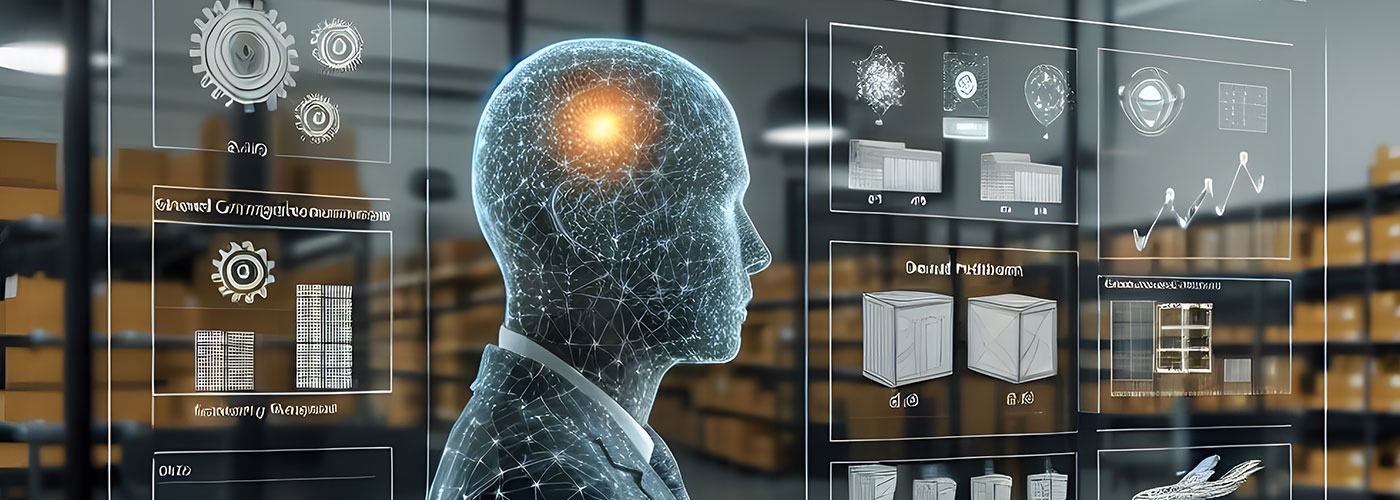Legal professionals have embraced legal technology to supplement, and often take over, daily processes. There are a dizzying number of legal tech apps and softwares for every need. From legal spend management to legal research tools, there’s a solution for every legal department’s problem.
The disconnect comes when there are many moving parts, in the form of legal tech, that make silos of financial, professional, and legal research teams, to name a few. Adopting a legal-centric design thinking approach is key to smoother business operations. By streamlining the different teams and tasks that make up the entire legal department, all team members can collaborate, gain transparency, and work more efficiently.
Legal Design Thinking for Workflows
We promise this has nothing to do with art, and everything to do with your rational and risk-averse mindset! As Lawyerist notes, lawyers are very scrupulous about adopting anything new… unless it is 100% risk-free. A methodical thinking style proves absolutely useful when talking business and delivery.
Legal design thinking ensures that lawyers have a 360° view of their legal department’s capabilities, and any bottlenecks and gaps in processes. This is essential when talking about workflow management for legal departments, because it has to be proven and excellent before it’s on-boarded.
Legal Workflow Management
Legal departments need to integrate a strategy to streamline disconnected processes, or to adopt legal workflow management automation. In either scenario, utilizing legal workflow management solutions ensures that entire legal workflow ecosystems are created. In these ecosystems, team members from various departments can identify, track, and manage tasks and workflows across departments and the company. This helps cut down on time, improves delivery times, and significantly reduces costs across legal departments.
For instance, a paralegal from the legal research department may need access to the previous week’s financial statements to present to the leadership department. With access to workflows, whether manual or as software, the paralegal can quickly obtain the necessary information without having to wait on, or rely upon, the go ahead, or signing off on, from other team members or associates.
Legal Department Teams
Business Management
- Financial
- Business
- Strategy
Legal Research
- Associates
- Paralegals
- Partners
Legal Project Management (LPM)
- Leadership
Set out to innovate new and much-needed ideas that improve your legal department’s efficiency – for your own efficiency, by adopting a design thinking process for your needs. In a Thomson-Reuters article, we see how important design thinking is for the legal function. Integrating a “different approach to problem-solving can help your firm create solutions that your clients love and that can make your work easier” – and who doesn’t want that?
Looking for workflow management solutions for your legal department?







